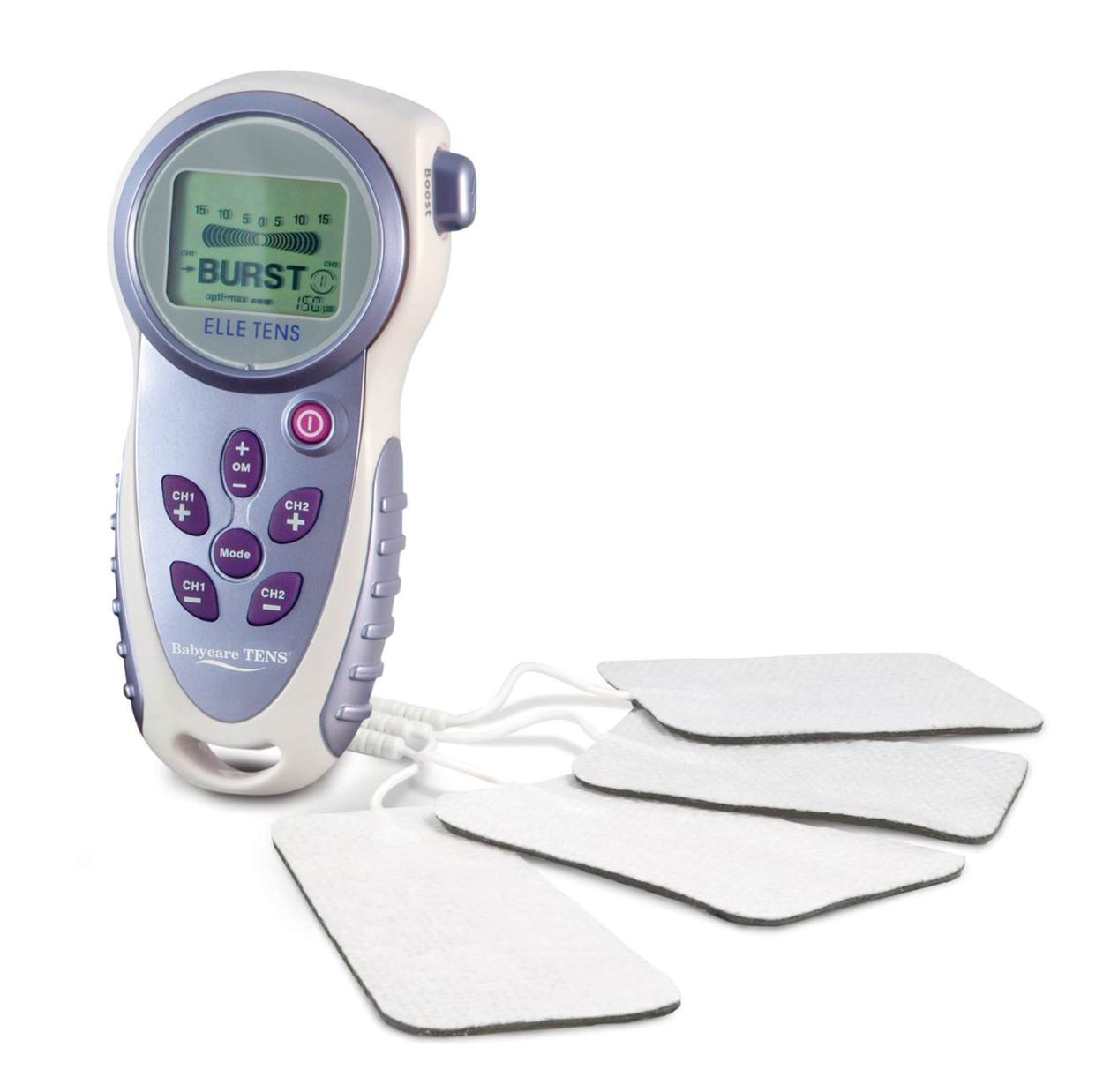
Baby Care Tens: A Comprehensive Guide to Understanding and Using Transcutaneous Electrical Nerve Stimulation (TENS) for Infants
Introduction
Transcutaneous Electrical Nerve Stimulation (TENS) is a non-invasive, drug-free therapy that has been used for decades to alleviate pain and discomfort in adults. In recent years, TENS has also gained popularity as a safe and effective treatment option for infants, particularly for colic, gas, and other gastrointestinal issues.
How Does TENS Work?
TENS works by sending mild electrical impulses through the skin to the underlying nerves. These impulses block pain signals from reaching the brain, providing relief from discomfort. TENS also stimulates the release of endorphins, the body’s natural painkillers, which further enhances its pain-relieving effects.
Benefits of TENS for Infants
TENS offers several benefits for infants, including:
- Relief from colic and gas: TENS has been shown to effectively reduce the frequency and severity of colic and gas episodes in infants.
- Improved sleep: TENS can help infants sleep more soundly by reducing discomfort and promoting relaxation.
- Reduced crying: By alleviating pain and discomfort, TENS can help infants cry less and be more content.
- Enhanced digestion: TENS can stimulate the digestive system, improving digestion and reducing gas buildup.
- Safe and non-invasive: TENS is a safe and non-invasive treatment option that does not involve any medications or side effects.
Types of TENS Units for Infants
There are two main types of TENS units available for infants:
- Transcutaneous TENS (T-TENS): This type of TENS unit is placed directly on the infant’s skin over the area of discomfort.
- Percutaneous TENS (P-TENS): This type of TENS unit uses acupuncture needles to deliver electrical impulses to specific nerve points.
How to Use TENS for Infants
Using TENS for infants is a relatively simple process. Here are the steps:
- Choose the right TENS unit: Select a TENS unit that is specifically designed for infants and has adjustable settings.
- Prepare the infant: Clean the infant’s skin where the electrodes will be placed.
- Apply the electrodes: Place the electrodes on the infant’s skin according to the manufacturer’s instructions.
- Adjust the settings: Start with a low intensity setting and gradually increase it until the infant shows signs of relief.
- Monitor the infant: Observe the infant closely for any signs of discomfort or irritation.
- Use TENS for short periods: Start with short TENS sessions of 15-20 minutes and gradually increase the duration as needed.
Safety Precautions
While TENS is generally safe for infants, there are a few safety precautions to keep in mind:
- Do not use TENS on infants with skin conditions: TENS should not be used on infants with open wounds, rashes, or other skin conditions.
- Do not use TENS on infants with pacemakers: TENS can interfere with the function of pacemakers.
- Do not use TENS on infants who are sleeping: TENS should not be used on infants who are sleeping, as it may startle them.
- Supervise the infant during TENS use: Always supervise the infant during TENS use to ensure their safety.
Conclusion
Baby Care Tens is a safe and effective treatment option for infants with colic, gas, and other gastrointestinal issues. By providing pain relief and promoting relaxation, TENS can help infants sleep better, cry less, and enjoy a more comfortable life. However, it is important to use TENS correctly and follow all safety precautions to ensure the well-being of your infant. If you are considering using TENS for your infant, be sure to consult with your healthcare provider first.
